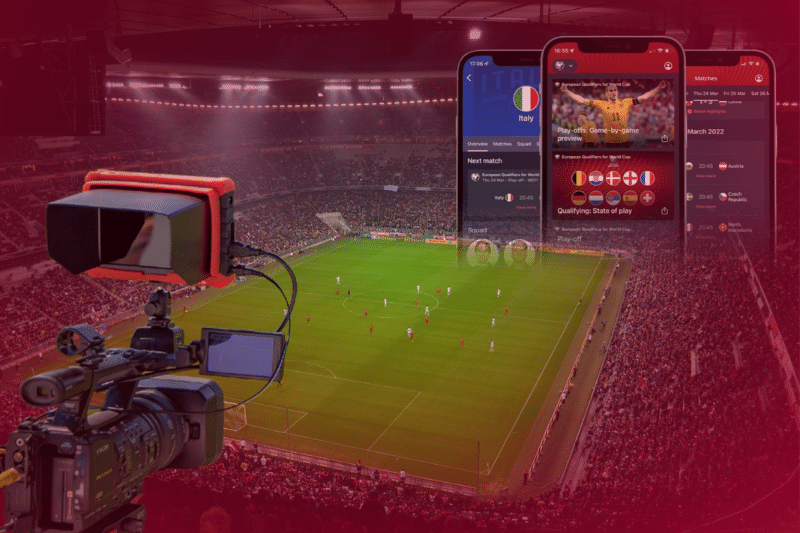In the realm of sports broadcasting, the pulse of breaking news is the lifeblood that keeps audiences engaged and informed. Whether it is a last-minute trade deal, a shocking upset, or a career-defining injury, the rapid dissemination of information is paramount. Journalists in this field are tasked with not only reporting the news but also with providing analysis, context, and often, a touch of drama to captivate audiences. In the age of digital media, the competition is fierce, and the demand for instant updates is relentless. Thus, sports journalists must be adept at navigating a fast-paced environment where seconds count and accuracy is non-negotiable. At the heart of sports journalism lies the relentless pursuit of the story. Reporters are constantly on the lookout for scoops, scouring social media, cultivating sources, and attending events to uncover the latest developments. Whether it is through traditional methods like interviews and press conferences or more modern techniques such as data analysis and social media monitoring, journalists leave no stone unturned in their quest for breaking news.

This dedication to staying ahead of the curve ensures that audiences receive the most up-to-date and comprehensive coverage possible. In the digital age, speed is of the essence. With social media platforms serving as instantaneous news feeds, 레이저티비 sports journalists must be prepared to deliver updates at a moment’s notice. Twitter, in particular, has become a primary battleground for breaking news, with reporters jockeying to be the first to tweet out the latest scoop. However, this emphasis on speed can sometimes come at the expense of accuracy, leading to the spread of rumors and misinformation. As such, journalists must strike a delicate balance between being first and being right, prioritizing thorough fact-checking and verification procedures even in the face of intense pressure to break the story. Beyond simply reporting the facts, sports journalists also play a crucial role in shaping the narrative surrounding breaking news events. Through expert analysis and commentary, they provide context and insight that help audiences make sense of the chaos.
Whether it is dissecting the strategic implications of a coaching decision or speculating on the long-term impact of a player’s injury, journalists add depth and nuance to the stories they cover. Additionally, their ability to craft compelling narratives can turn even the most routine updates into must-see television or viral social media moments, further enhancing the viewer experience. In the highly competitive world of sports broadcasting, breaking news is more than just a headline it is a commodity. With audiences hungry for the latest updates and advertisers eager to capitalize on the attention, the pressure to deliver timely and engaging content has never been greater. However, amidst the frenzy of deadlines and social media frenzies, sports journalists remain steadfast in their commitment to integrity and professionalism. By prioritizing accuracy, providing insightful analysis, and captivating audiences with compelling storytelling, they ensure that breaking news continues to be the heartbeat of sports broadcasting for years to come.